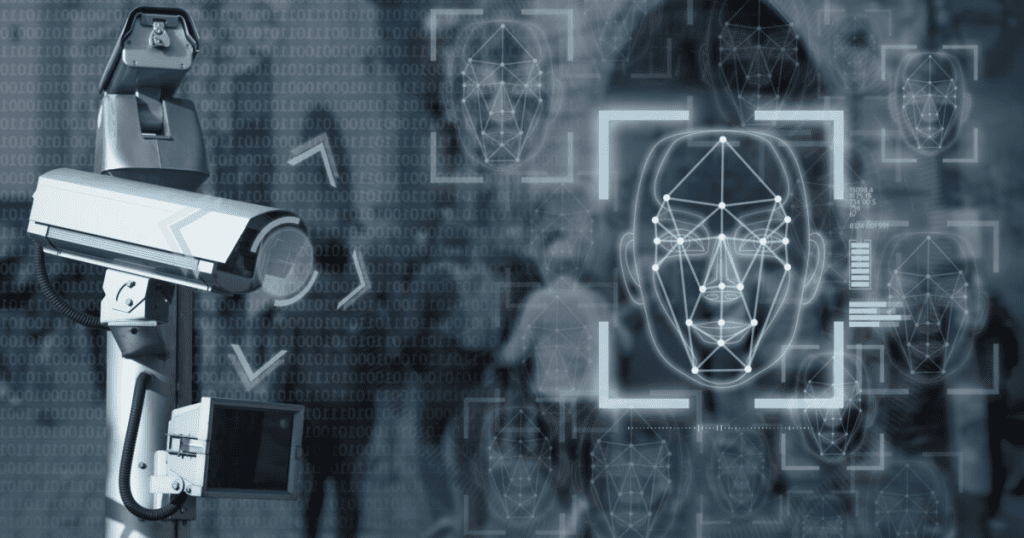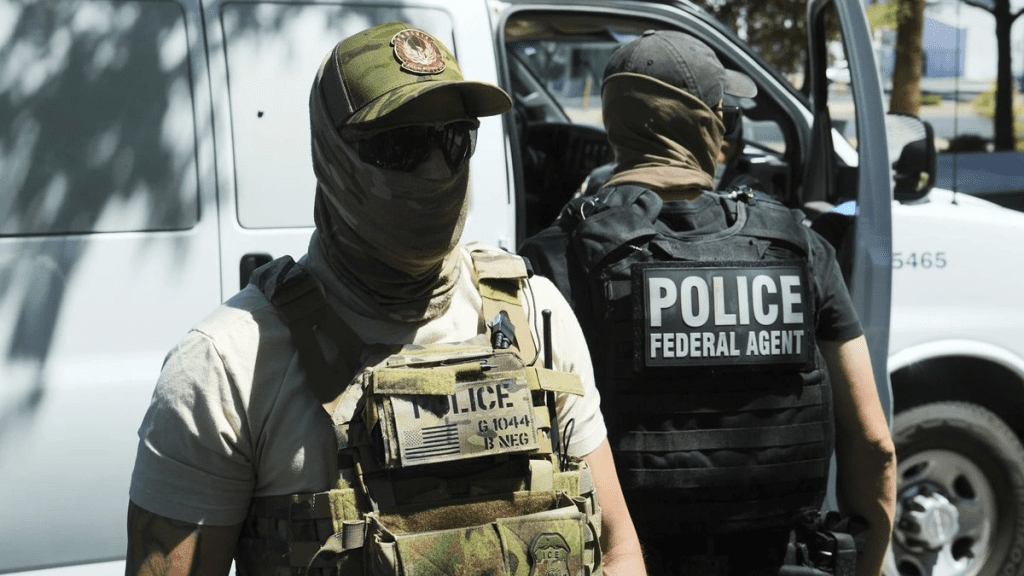ICE Is Now Using Facial Recognition, Iris Scans and Phone Hacking to Hunt “Anti-ICE Extremists” — The New Surveillance Frontier
In a startling revelation that reads like something from a dystopian thriller, Immigration and Customs Enforcement (ICE) has quietly moved to acquire some of the most intrusive surveillance tools ever deployed on U.S. soil. According to a Washington Post investigation, ICE recently purchased iris-scanning systems, facial recognition software, encrypted phone-hacking tools, and real-time cellphone location tracking systems — not only to pursue undocumented immigrants but also to target what the administration defines as “anti-ICE extremist” groups, namely ANTIFA.

The purchases are significant in scale. One contract valued at $4.6 million secured a mobile iris-scanning application from BI2 Technologies that agents can use in the field to match a person’s eye image to federal databases. A separate deal worth roughly $3.75 million with Clearview AI plans to enable facial recognition capabilities across ICE operations. In conjunction, the agency has invested in spyware tools that can infiltrate locked phones and extract hidden data, and software capable of triangulating a phone’s location without a traditional court order.

If true, this marks a turning point in how the federal government may treat activists and protesters. Documents reveal that ICE leadership is preparing to push beyond immigration enforcement alone, explicitly seeking to monitor protest networks and identify “ringleaders” within the ANTIFA movement, which President Trump last month declared a domestic terrorist organization. Among those documents, ICE’s acting director, Todd M. Lyons, is reported to have stated the agency will deploy elite investigative teams to dig into protest infrastructure, money flows, and organizers.

Critics of the plan raise urgent civil liberties alarms. The Fourth Amendment guards against unreasonable searches and seizures, and the First Amendment protects the right to protest. Many legal and constitutional scholars are now questioning whether these new tools could be used to chill speech or criminalize dissent. One former ICE acting director, John Sandweg, warned that such acquisitions could escalate into unchecked surveillance if not properly constrained.
ICE’s embrace of technology follows recent trends in law enforcement, but it pushes farther. Earlier this year, ICE introduced a mobile system dubbed Mobile Fortify, allowing agents to scan faces or fingerprints with smartphones in real time. That move was controversial, not least because facial recognition systems are known to yield errors, particularly when identifying minority individuals.

Supporters of the measures argue the country faces rising extremism, that protest movements sometimes escalate into violence, and that law enforcement needs modern tools to keep pace. They praise the decision as a bold, overdue step in the fight against radical anti-government elements. But for many observers, the lack of transparent oversight is alarming. Documents indicate ICE’s internal rules about when and how these tools will be used are still under development.
There’s also the risk of false positives. Clearview AI and other facial recognition systems have faced criticism for misidentifying people — sometimes with serious consequences. A single misidentification in this new regime could mean wrongful targeting, especially when combined with real-time tracking systems.

The timing is consequential. This push comes after Trump’s executive order labeling ANTIFA “a militarist, anarchist enterprise” and directing all federal agencies to devote resources to counter it. In practice, ICE’s agents will not only be chasing undocumented migrants, but could increasingly shadow protesters, monitor social media signals, and map networks of dissent.
As tens of thousands of Americans take to the streets in protest over myriad issues, the idea that federal agents may be watching — scanning, tracking, and hacking — adds a new layer of tension. For those who see themselves as exercising free expression, the question looms large: at what point does activism become surveillance?
There’s no turning back now. ICE’s surveillance expansion signals a new era in domestic security, where biometric eyes, predictive algorithms, and encryption-cracking tools may sit side by side with police forces. If deployed without strict legal guardrails, these technologies risk reshaping how dissent is treated — and whether privacy in the United States still means anything at all.



